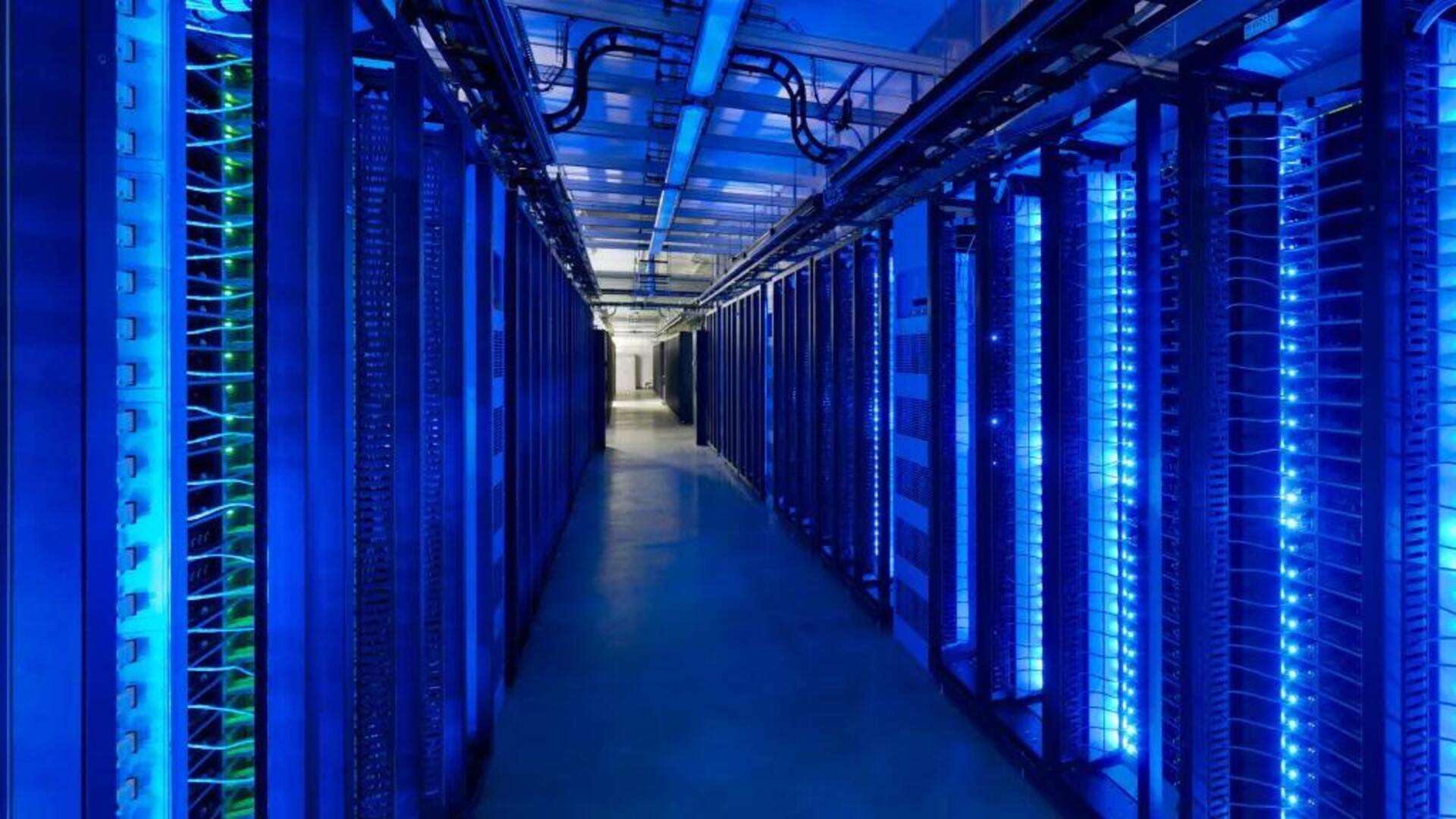One of the first initiatives of the Trump presidency was the announcement of Project Stargate, an ambitious Artificial Intelligence development plan with a $500 billion investment over four years. Backing this mega-project are three Big Tech companies—OpenAI, SoftBank, and Oracle—along with the UAE’s MGX fund.
The partnership also includes the creation of highly advanced computing infrastructures, including ten super data centers, with the potential to build ten more.
Essential for generating the massive energy required to power the tech industry, these high-performance data center solutions are the key response to the growing demand for advanced infrastructure, driving not only AI development, but also establishing themselves as one of the most solid trends in the infrastructure sector.
Data Center Meta, Jefferson, Stati Uniti, Source: Meta
DeepSeek: The Chinese AI challenging Big Tech
However, in this futuristic landscape, the United States is not the only player making large-scale AI investments. In January 2025, the artificial intelligence sector was shaken by the rise of an unexpected competitor: DeepSeek, a Chinese artificial intelligence startup that quickly claimed the top spot on the U.S. iOS App Store, surpassing even ChatGPT to become the most downloaded free app.
But what exactly is DeepSeek, and why is it redefining the AI landscape?
The rise of Deepseek
Founded by the Chinese stock trading firm High-Flyer, DeepSeek focuses on developing open-source language models. While its first AI model launched in November 2023, it wasn’t until January 2025, with the debut of its groundbreaking reasoning model R1, that DeepSeek gained global recognition.
What makes DeepSeek R1 revolutionary?
The DeepSeek R1 AI model has disrupted the AI industry with its exceptional efficiency and lower operational costs. While leading AI companies and largest tech companies rely on supercomputers with over 16,000 chips to train their models, DeepSeek engineers managed to achieve the same results with just 2,000 Nvidia chips, significantly cutting costs and hardware requirements. Additionally, the startup claims to have trained R1 with only $6 million in computing power—ten times less than Meta’s latest AI model.
OpenAI vs. DeepSeek: A new battle in AI models and Big Tech
The DeepSeek R1 AI model represents a direct challenge to OpenAI, which has dominated the AI sector since ChatGPT’s launch in 2022. Key innovations of DeepSeek R1 include:
– Reinforcement Learning for Reasoning – Optimized to enhance problem-solving capabilities for complex tasks.
– Reward Engineering – An advanced incentive system that guides AI learning, improving accuracy and adaptability.
– Knowledge Distillation – Techniques that transfer knowledge efficiently, enabling model training with fewer data and lower costs.
– Emergent Behavior Networks – DeepSeek observed that complex reasoning patterns naturally emerge through deep reinforcement learning, without explicit programming.



